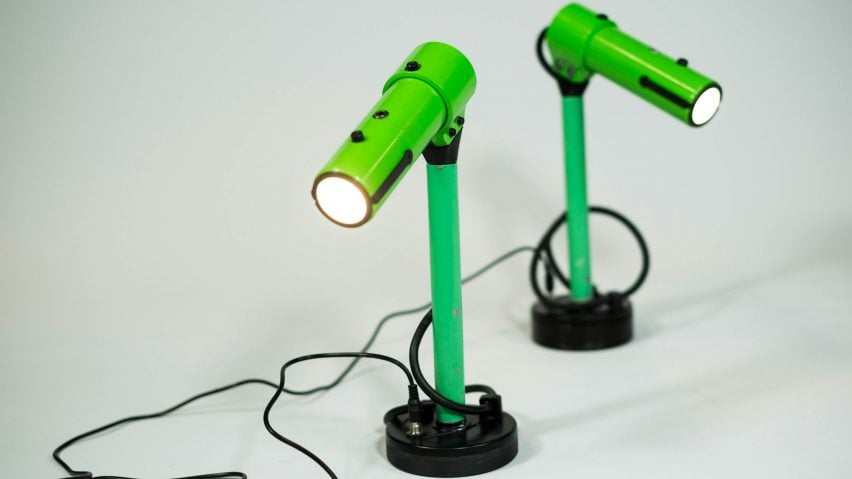
Andra Formen makes furniture from discarded electric scooters
Design collective Andra Formen has created the E-metabolism collection of lamps, chairs and vases made from electric scooters fished out of the canals of Malmö, Sweden, which was recently shown at Southern Sweden Design Days.
Andra Formen launched the project to draw attention to the problem of electric scooters being dumped in the canals of Malmö – Sweden's third-largest city.
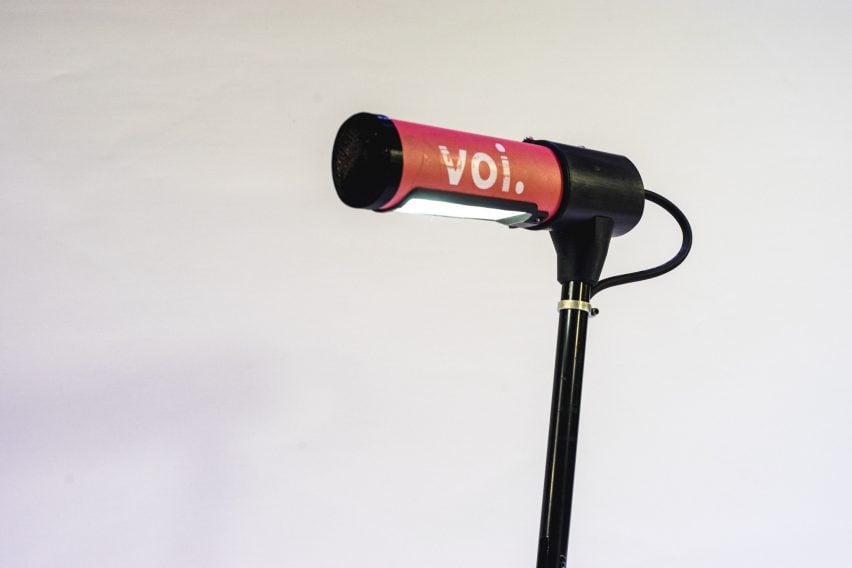
It chose to focus the project on e-scooters, rather than other things being dumped in the canals such as bikes, because the scooters have become very divisive.
"Everyone had an opinion about scooters – some people love them, some people hate them," the studio told Dezeen.
"And it became kind of a phenomenon, the entire thing with service design – how does it work?" it added. "Why did it work? Why did they end up in the canal in the first place? We wanted to talk about those questions."
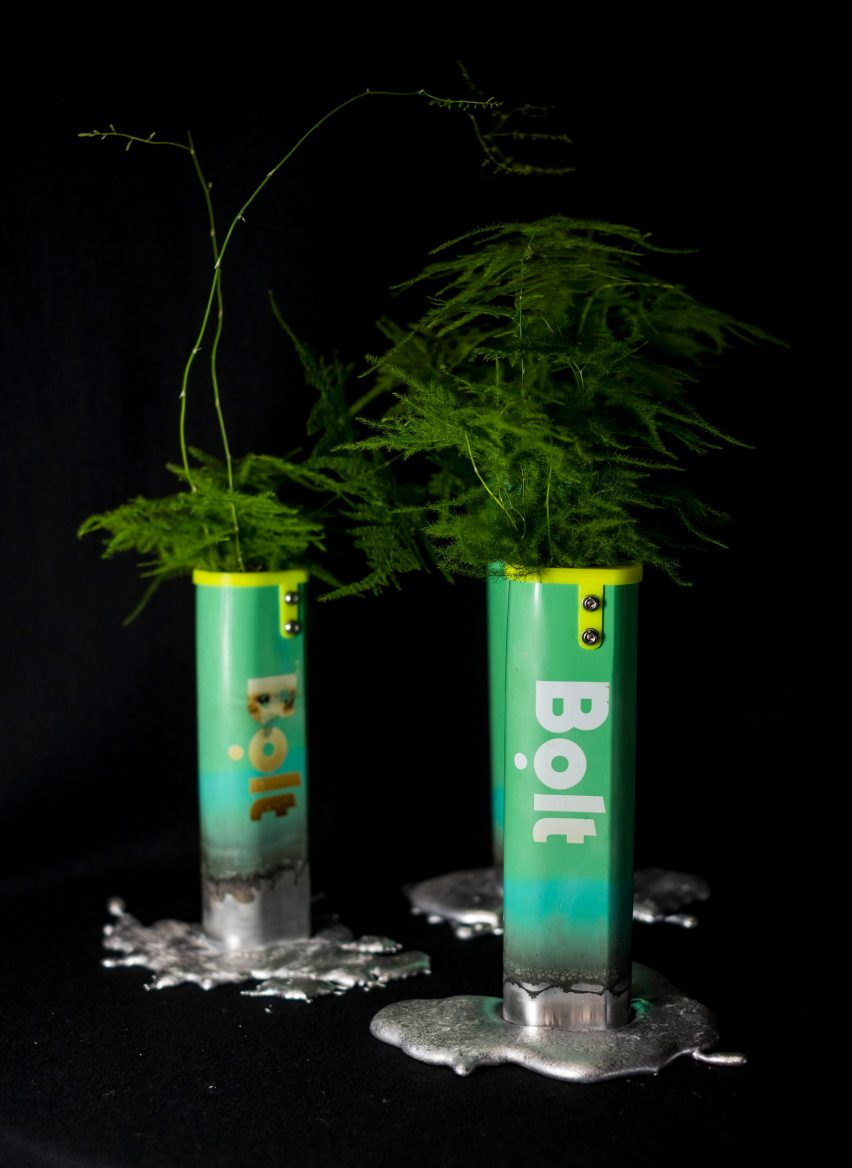
The four designers who make up Andra Formen – Christian Svensson, Jinbei Zheng, Peder Nilsson and Oskar Olsson – work together with the diving organisation Leva Livet, which fishes the scooters out of the canal and can collect as many as 12 per day.
The designers then source the parts they need from the scooters, which come from a number of different companies, such as Voi and Bolt.
"We talk about it like filleting a fish – not looking at it as a scooter but seeing it as a resource, a material," Svensson said.
"Me, as a craftsman, I thought 'how can I use traditional crafts to do something like this?' and then we let the material speak to us."
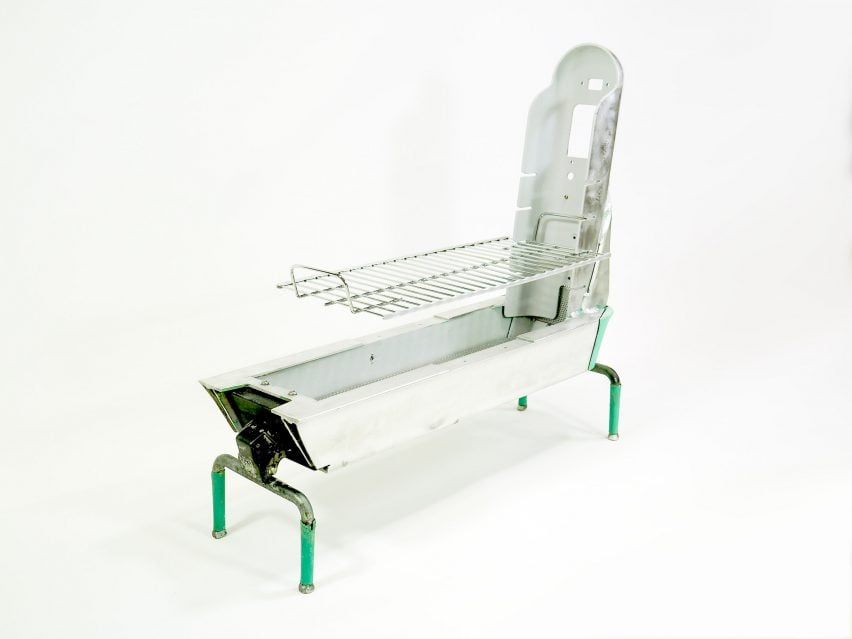
"We get different forms from different parts of the scooters, so we can have an initial idea in our minds of what to do with them and with other parts to better combine them into a domestic furnishing product," Zheng added.
Once Andra Formen decides which parts it wants to use, the studio fits the pieces together, sometimes adding 3d-printed connecting parts.
"Some parts are hard to remodel and then we 3D-scan them so that we get almost like a puzzle within the computer," Olsson said.
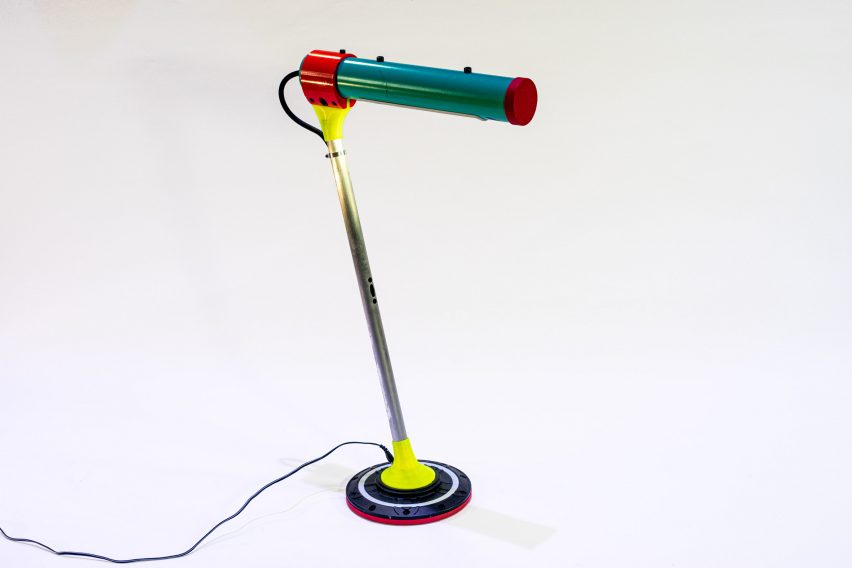
The studio turns the scooters into products including desk lights, a small barbecue grill, vases and even a chair. Each designer created products that were connected to the type of design they usually do.
"We've all been doing similar projects before, working with the same process on our own projects, so we kind of had our own individual drive," Nilsson said.
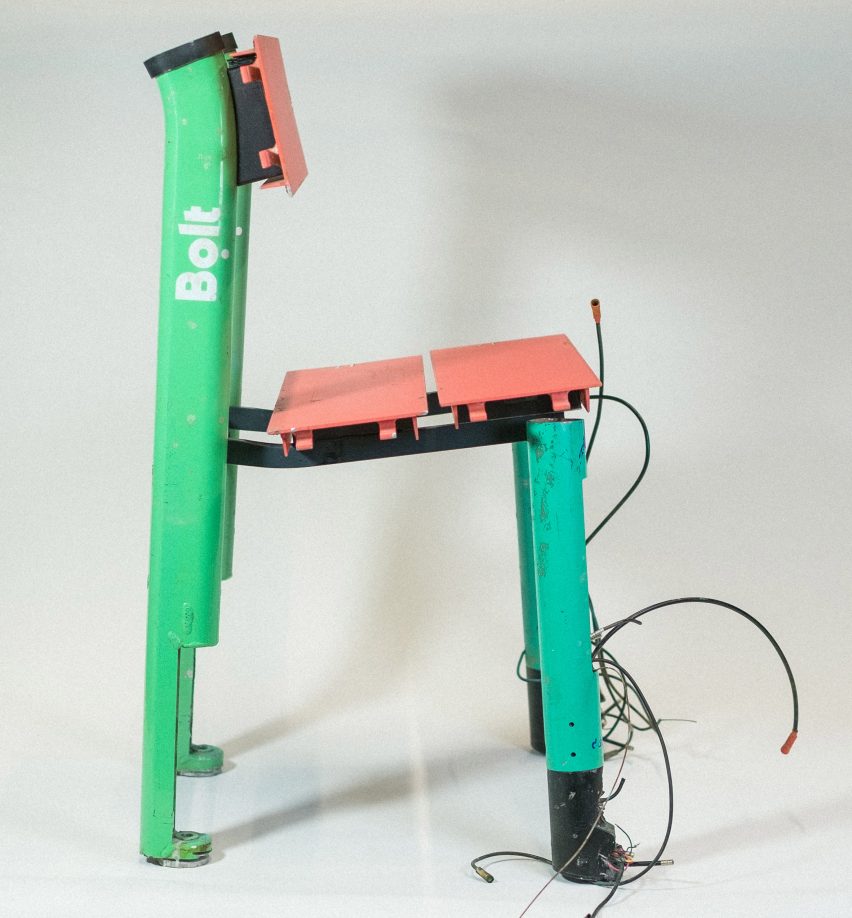
The aim is for the products to be immediately recognisable as having come from old e-scooters.
"One of the most interesting parts of the scooter phenomenon is that they're very colourful, they all have very vibrant, iconic colours, and everyone recognises the colours and the brands," Nilsson said.
"So we really tried to keep it obvious that our objects were from scooters," he added.
"The chairs are a very good example," Olsson said. "There, you can see three brands together and you can see that their colours work very good together as well – so from the companies there's been a thought about that, how they will be exposed in the city, standing together."
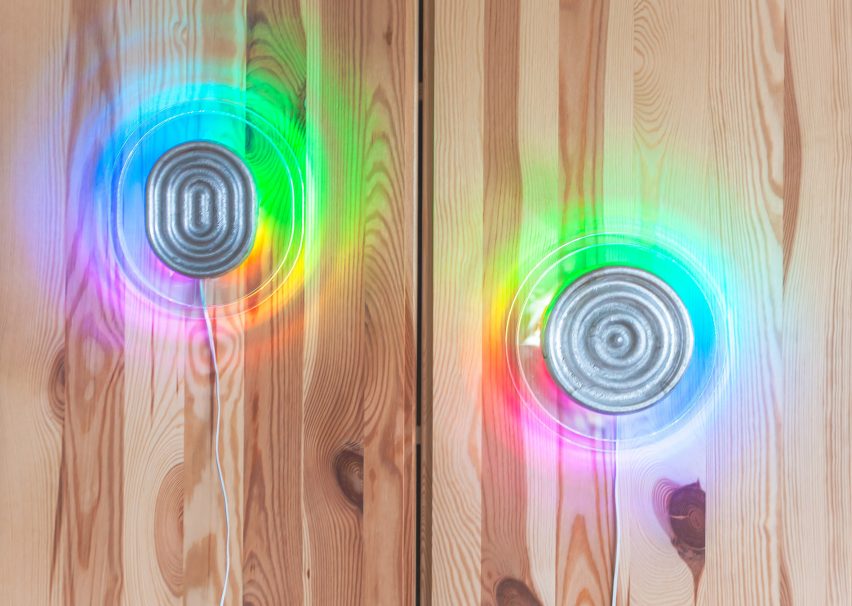
The longer the scooters have been in the canal, the worse shape they're in, and the studio pointed out that the dumping is also an environmental risk.
"The scooters risk becoming toxic waste because they cannot withstand being immersed in water," said Andra Formen, which has tried to contact the companies that provide the scooters.
"We've tried to be in contact with all the companies we've been working on," the studio said. "But there are no emails or phone numbers, so the only way to get in contact is through their help desk."
"They were like 'yes, we will send this to someone higher up', and then nothing happened."
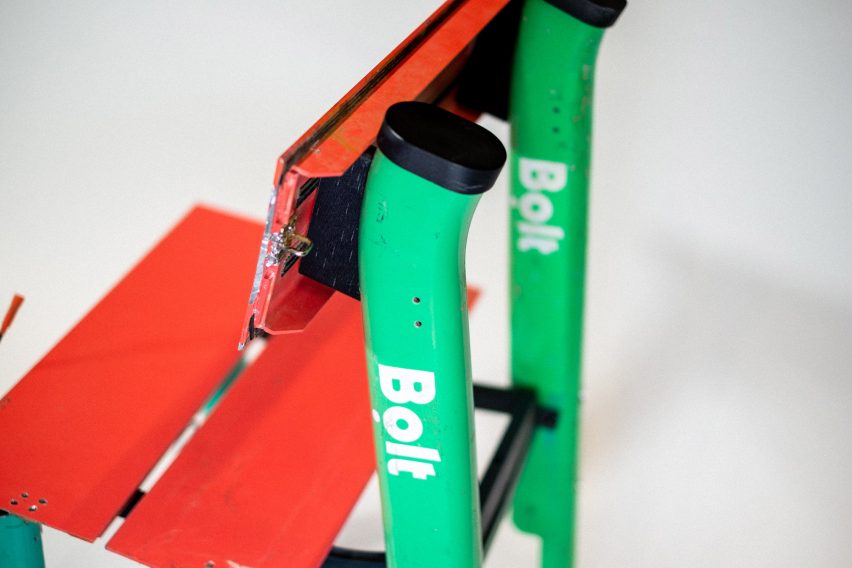
When the designers have stripped the scooters of the parts they want, they reuse the electronics whenever possible, and can sometimes also melt the aluminium for reuse.
Once they have taken everything reusable out, they take the remaining parts to a recycling centre where they can be sorted into electronic waste.
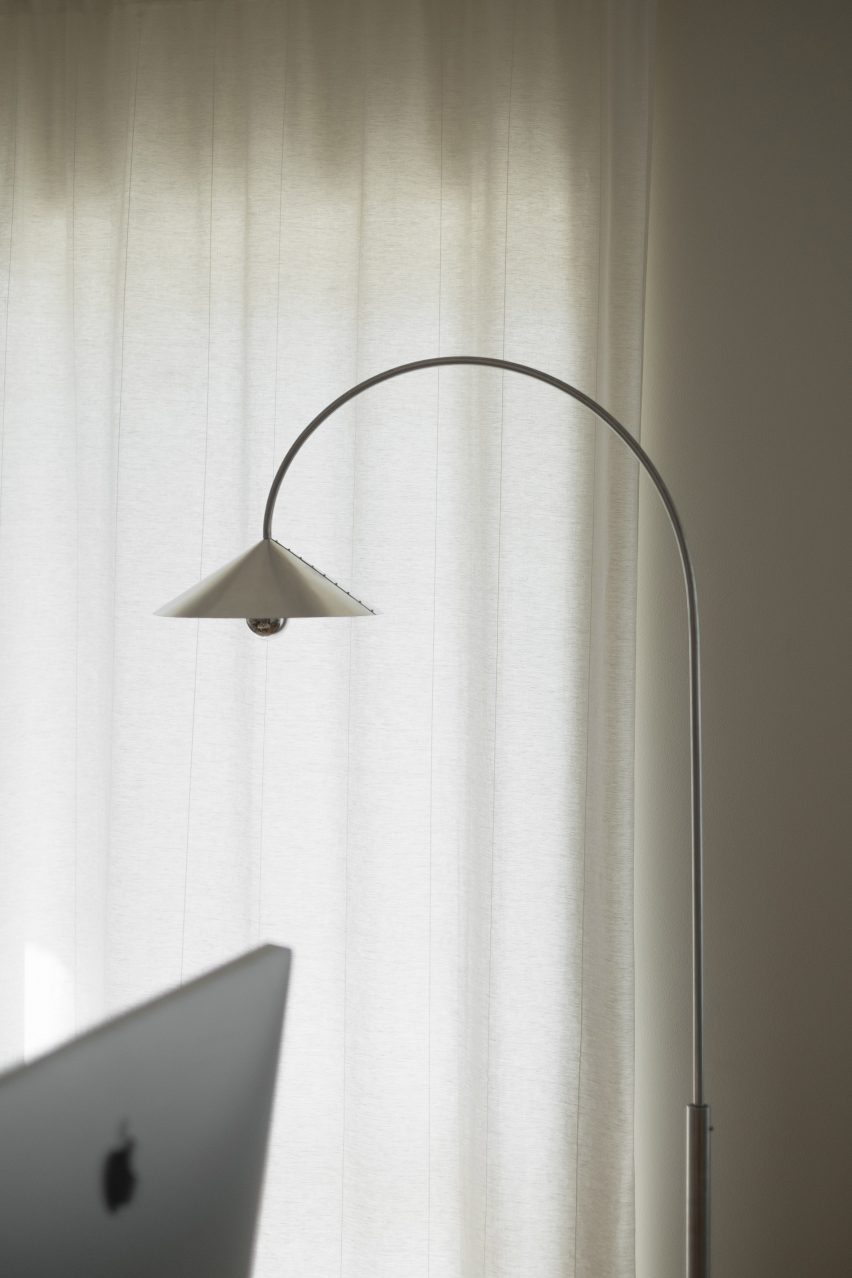
"People have been very engaged with the products," Svensson said of the E-metabolism project. "They think it's good that we highlight this issue."
Pero Rasic, diver and co-founder of Leva Livet, added: "Everyone wants to look out for the environment; nobody wants the scooters to stay down there."
The design collective suggested that redesigning the scooter distribution system to one that's more similar to that of rental bikes could solve the problem.
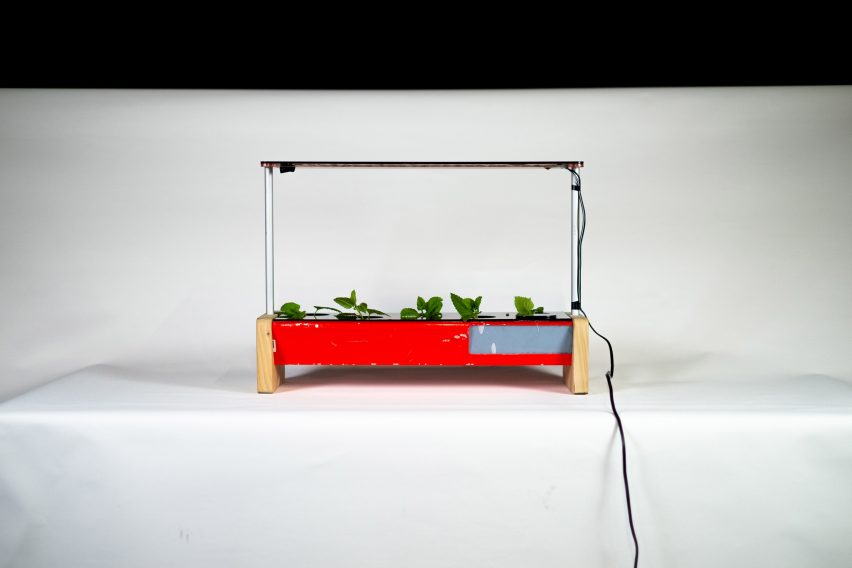
"In Malmö, there's a system where you can rent a bike from a rack and you leave it in another rack in the city," Svensson said.
"That kind of a system could work, where you would take a scooter and they have designed parking – because the parking of them is also a problem, they're in the wrong places," he added.
Repurposing waste materials to create new designs has become popular as awareness grows of the results of the world's overconsumption.
Other examples include designer Tom Robinson's chair made from recycled plastic from discarded laptops and graduate Alexandra Sipa's fashion collection made from discarded electrical wires.
The photography is courtesy of Andra Formen.
Southern Sweden Design Days took place from 19 to 22 May 2022 in Malmö, Sweden. See Dezeen Events Guide for an up-to-date list of architecture and design events taking place around the world.